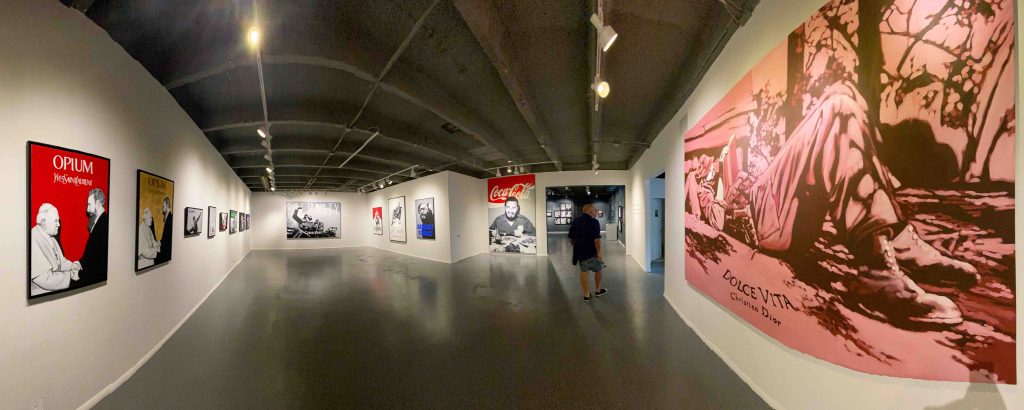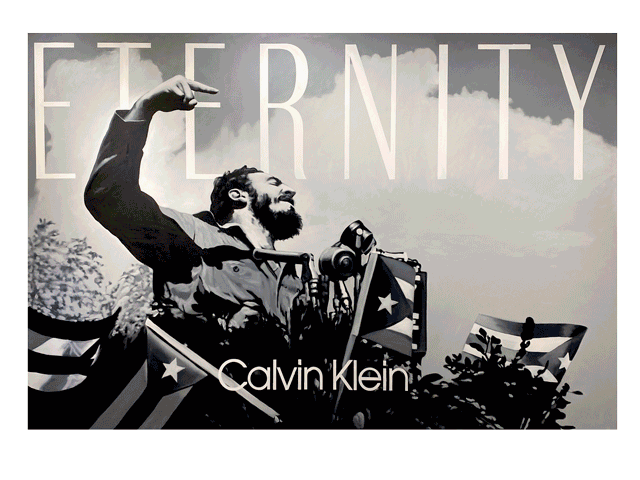Jose Toirac: Waiting for the Right Time, PAN AMERICAN ART Projects, 2019-20
About “Waiting for the Right Time”
The work of José Toirac is defined by its ability to observe and dismantle historical and political processes. His references, therefore, are always essential characters of politics and history, through which he relates the universal, to the reality that surrounds him. His intention is to show the zones of the silence of the official history, the truth that always hides behind the power. His work is strongly censured by the authorities in Cuba. Part of his creative process is to use images from the public domain (magazines and official newspapers), because once they are published, supposedly they passed the censorship of the State. His work travels along the line that separates politics from reality, exposing that intermediate zone where manipulation mechanisms are visible. This series is entitled “Waiting for the Right Time”, and represents a summary of years of work, of trial and error, negotiation and censorship. For years, for all his censored projects, he always heard a government official say, as an excuse for the censorship, “I’m sorry, the project has nothing wrong, but it is not the right time for it to be shown”. Toirac still lives in Cuba, a political artist needs to live in front of the powers that be, otherwise, it would be easy to create political art. Finally, it is worth saying that this series has been censored in Cuba, and has been waiting for its right time.

Jose Toirac
“Waiting for the Right Time” consists of combinations of the image of Fidel Castro with classic advertisements of consumer products: politics and advertising have in common that both have something to sell. We are also presenting a historical review of other censored works over a career of 25 years. Included in this review are “Vanitas” (a compilation of portraits of the first ladies of Cuba, a position not recognized by the revolution); “Alma Pater” (a series of portraits of ‘good’ and ‘bad’ important male figures caught in moments of tender embrace with their children or grandchildren; and “Mid-life Crisis” (a series of pornographic selfies taken by university students with government-issued cell phones, hidden behind delicate watercolors of the typical Cuban products displayed in the photographs). Finally, in our Video Room, we will present the new edition of the artist’s iconic piece – “Opus” showing on the screen a series of numbers pronounced in a single speech given by Fidel Castro at a school opening. Below is a complete list of the censored works which are included in this show.
History of the Censorship
1989. Homenaje a Hans Haacke (Homage to Hans Haacke)
1994. Parábolas de la prensa (Parables of the press)
1995. Tiempos Nuevos (New Times)
1996. Con permiso de la historia (With History’s permission)
1998. Rosca izquierda (Opposition from/of the left)
2016. Crisis a los 50, ninguna Historia es Inocente (Mid-life Crises, no History is Innocent)
2016. Parábolas II (Parables II)
2019. Esperando el momento correcto (Waiting for the right time)
Dossier Jose Toiracas
